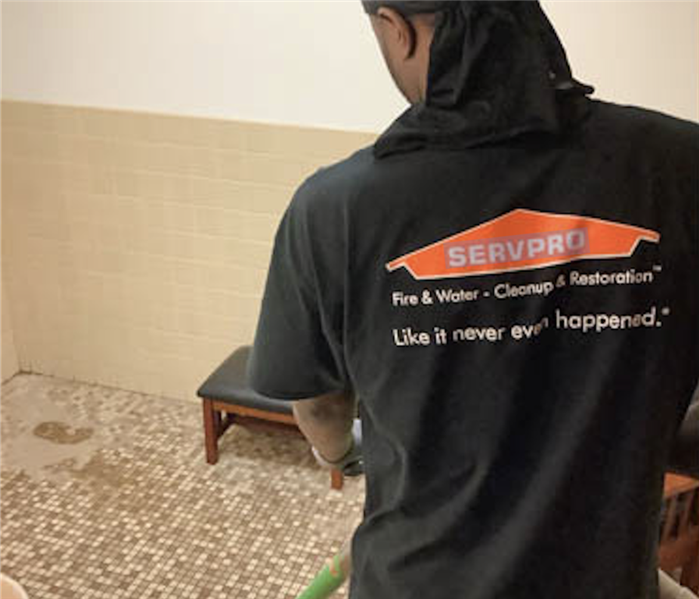How To Save Important Documents & Photos After Water Damage In 6 Easy Steps
3/8/2023 (Permalink)
Water damage can be a devastating event, particularly when it affects important documents, photographs, and books that hold sentimental or monetary value. However, there are steps you can take to save these items and prevent further damage. Here are some tips for salvaging water-damaged documents, photographs, and books:
1. Act quickly
The first and most important step is to act quickly. The longer your documents, photographs, or books remain wet, the more damage they will sustain. As soon as possible, remove the items from the water and place them in a dry, well-ventilated area.
2. Separate and sort
Sort your damaged items into different categories based on the severity of the damage. Items that are only slightly damp can be air-dried, while those that are heavily saturated will require more advanced techniques.
3. Air-dry documents and photographs
Lay the documents and photographs out flat on a clean, dry surface. If possible, place a fan nearby to increase air circulation. Do not use a hair dryer or other heat source, as this can cause further damage.
4. Freeze books
If your books are water-damaged, the pages may stick together and become warped. To prevent further damage, place the books in a plastic bag and freeze them until they can be properly dried.
5. Contact a restoration specialist
If your items are heavily damaged or require specialized restoration techniques, contact a professional restoration specialist. These experts have the knowledge and tools to restore your items to their pre-damaged condition.
6. Take preventative measures
To prevent future water damage, store your important documents, photographs, and books in a safe, dry place. Consider using waterproof containers or placing them in a safe deposit box.
Vacuum Freezing
Vacuum freezing is a specialized technique used by restoration specialists to restore water-damaged documents and photographs. This method is particularly effective for items that are delicate or have been heavily saturated with water.
The vacuum freezing process involves placing the damaged items in a vacuum chamber and lowering the temperature to below freezing. This causes the water in the items to sublimate or turn from a solid to a gas, without passing through the liquid state. This process removes moisture from the items without causing further damage.
After the items have been vacuum-frozen, they are removed from the chamber and slowly thawed. This allows any remaining moisture to evaporate without causing additional damage. The items are then dried using specialized techniques such as air-drying or dehumidification.
One of the benefits of vacuum freezing is that it can be used to restore items that would otherwise be too delicate to be air-dried or dehumidified. It can also be used to restore items that have been damaged by mold or other types of contaminants, as the freezing process kills any microorganisms that may be present.
In conclusion, water damage can be a stressful and overwhelming event. However, by acting quickly and following these tips, you can salvage your important documents, photographs, and books and prevent further damage. Remember, if your items are heavily damaged, it is important to contact a restoration specialist to ensure the best possible outcome.

 24/7 Emergency Service
24/7 Emergency Service
